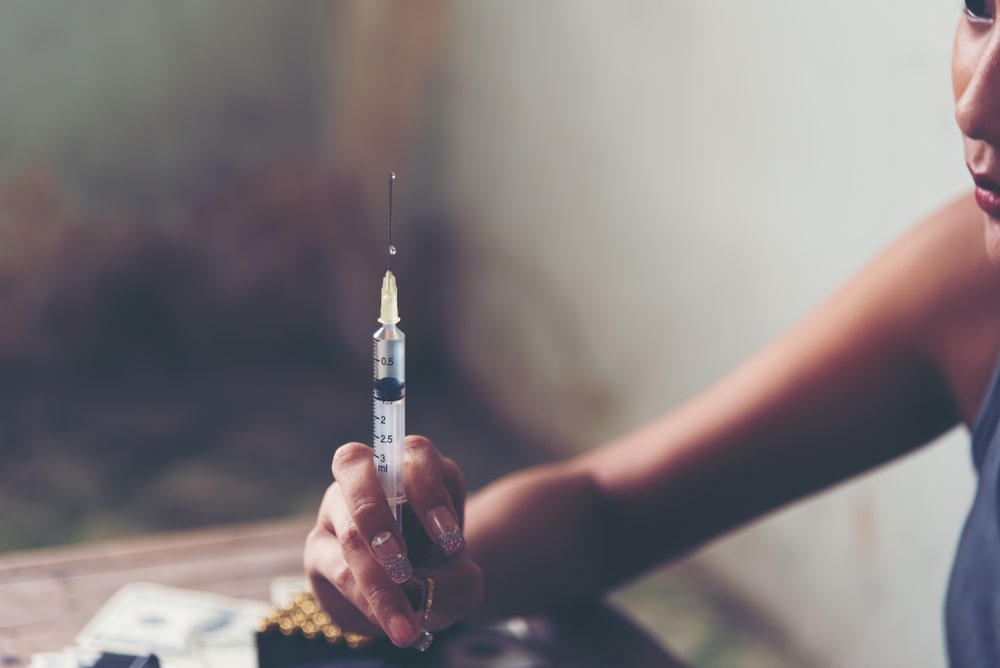Prescription opioid and heroin addiction have increased across all demographic groups in the U.S. The opioid addiction has reached epidemic levels, and the U.S. government has declared the situation as a state of emergency. Although heroin addiction rate increases have touched all age, income, and racial groups, some demographic groups have seen higher rate increases than others. People who have typically had lower rates of heroin addiction are becoming hooked on heroin in higher numbers. The upper middle class, white women, people ages 18 to 25, and people living in the suburbs have had the most substantial increases in addiction rates. People who abuse the drug are also likely to be addicted to prescription opioids, and cocaine. Up to 45% of people addicted to heroin are also addicted to a prescription opioid.
Before the opioid epidemic, women with an addiction to an opiate fell into two distinct categories – those who were addicted to illicit street heroin, and women addicted to prescription painkillers. Before the early 2000s, women addicted to heroin were often black, urban, and often unemployed or on welfare. Addiction to heroin in these demographics was usually related to childhood abuse, neglect, and lack of opportunity for inner-city women of color. Today, heroin addiction is more likely to strike white, suburban women in professional jobs.
Heroin addiction in women today tends to start as a dependence on prescription pills. Many women will take a prescription opioid for an acute pain condition, before becoming dependent. If a legal supply of prescription opioids runs out, women are at risk of turning to the street to supply their addiction and prevent painful withdrawal symptoms. Women will often purchase prescription painkillers off the street. But, prescription drugs sold on the black market are more expensive than street heroin. Money, and sometimes access are usually the biggest drivers of women turning to heroin today.
